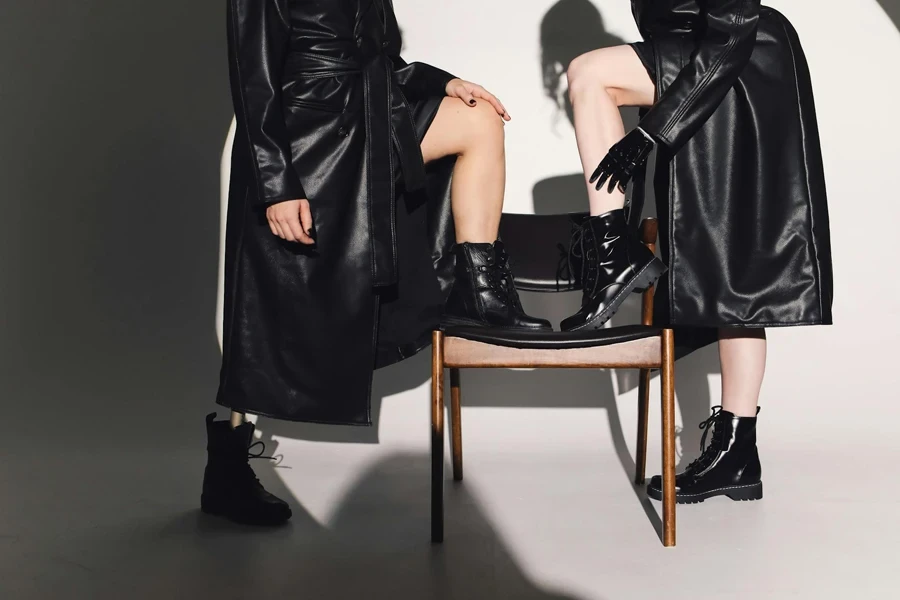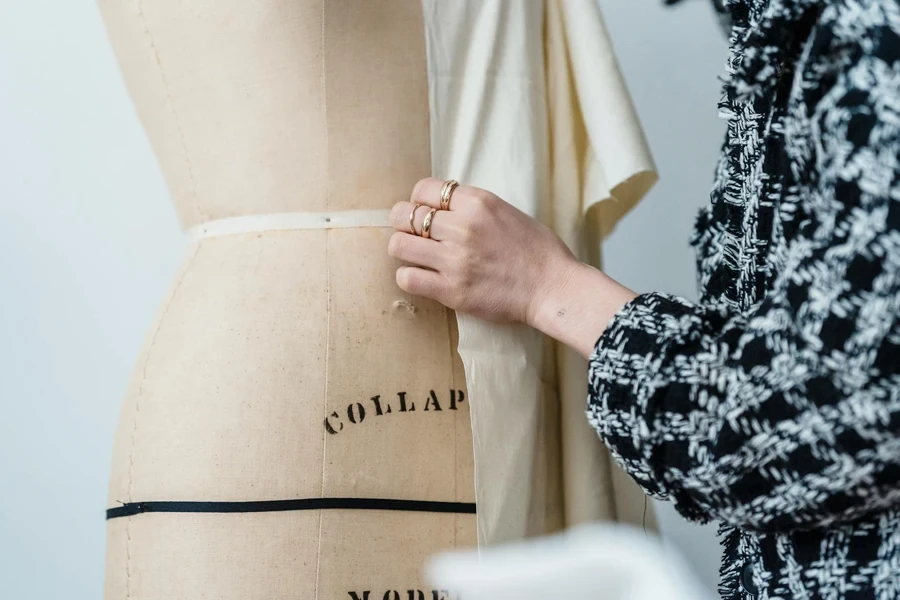What will your fashion customers want in 2025? This report reveals the 6 major societal, tech, environmental, political, industry and creative trends that will influence product design and consumer needs. Adapting to these shifts now will position your online retail business for success in the fast-approaching future. Here’s what you need to know.
Table of Contents
1. Flex your empathy and versatility
2. Embrace the phygital and niche
3. Harness scarcity sustainably
4. Lead with urgency and optimism
5. Make more with less
6. Unleash creative imagination
Flex your empathy and versatility

In the midst of ongoing global crises, brands must evolve to help people adapt and cope with increasing stress and change. The key is to embrace simplicity and create products that are useful, covetable, and highly versatile.
One-size-fits-all approaches will no longer resonate. Instead, tailor your offerings to connect with people’s unique and fluctuating needs and emotions. Build trust by prioritizing kindness, care and community. Make life easier by integrating superior functionality, accessibility and long-term value into your product design and overall brand proposition.
Some ways to apply this: Take inspiration from adaptive fashion principles to make clothing easier to wear for different needs. Identify hero features that deliver ease and secure long-term relevance. Embed performance capabilities that heighten an item’s usefulness and perceived value, initially and for resale.
Embrace the phygital and niche

The line between the physical and digital worlds is blurring, opening up transformative new opportunities. Harness AI and AR to unlock innovative phygital design, hyper-efficient production, and deeply personalized products and experiences.
Immerse your teams in the latest technology to maximize learnings and value potential across all facets of your business. At the same time, move beyond generic mass-market approaches to cater to people’s unique micro-interests and identities.
Use digital “twins” – from personal avatars to virtual influencers to 3D replicas of real-world spaces – to simulate and discover groundbreaking possibilities. Some current examples: AR-enabled try-ons to visualize fit and reduce returns, AI-powered tools to rapidly prototype designs, and virtual fashion collections extending brand awareness on emerging platforms.
Harness scarcity sustainably

As the planet’s resources become increasingly depleted, brands have an opportunity to shift to more sustainable solutions. Explore lab-grown and regenerative bio-based materials and educate consumers on their importance and viability as eco-friendly alternatives.
Embrace circular models to maximize existing resources and reduce waste. Let nature be your ultimate stakeholder, guiding decision-making to protect and restore ecosystems. Making environmental impact a top priority now will help future-proof your supply chain, attract conscious consumers and investors, and build lasting brand trust and value.
Some key strategies: Develop long-term partnerships to scale promising material innovations. Support biodiversity and regenerative farming to strengthen natural material sources. Design for circularity, making garments easy to recycle into new fibers and fabrics.
Lead with urgency and optimism

People worldwide are losing patience with the slow pace of progress on critical issues. Step up as an activist brand, collaborating based on shared long-term values and missions rather than fleeting hype.
Proactively challenge injustice and amplify marginalized voices, both in your own operations and society at large. Don’t wait for regulations – set your own high standards and boldly drive meaningful change. At the same time, thoughtfully engage in cultural exchange while respecting and equitably uplifting the communities you source inspiration from.
Some ways to lead: Develop products and campaigns in true partnership with stakeholder groups. Take stands on social and environmental causes authentic to your brand. Back up statements with concrete, transparent, ongoing actions and investments.
Make more with less

Resource shortages, climate disruptions and geopolitical conflicts signal an “end of abundance.” Endless growth must be replaced with strategic preservation of precious resources. Strengthen local supply networks, find value in waste streams, and even look to space for potential new material sources.
Apply imagination to envision vibrant futures rooted in responsible resource stewardship. Investments in textile recycling, onshore production, and predictive demand modeling can help stabilize costs and boost agility in a volatile landscape.
Some resilience strategies: Build garment-to-fiber recycling infrastructures to secure material supply. Utilize onshore digital production to adapt to shifting demands. Use data to optimize inventory, reducing overproduction and markdowns.
Unleash creative imagination

A new era of creativity is dawning, fueled by rapid advancements in AI and other technologies. Brands that harness these tools in strategic, mission-driven ways will be poised to tell compelling stories, invent novel products, and create immense value.
Position your company as an entertainer and enabler of creative imagination. Use AI and AR to rapidly ideate and prototype boundary-pushing designs in both virtual and physical realms. Collaborate with a more diverse spectrum of creators to enrich your brand.
Embrace unusual materials with transformative potential. Rethink traditional roles by empowering everyone on your team, from designers to marketers to executives, to flex their creative muscles in new ways.
Conclusion
The fashion industry is on the cusp of a new frontier, with 2025 fast approaching. Forward-thinking brands are adapting now to be more empathetic, agile, sustainable, inclusive, and imaginative in order to meet the evolving needs and aspirations of future consumers.
While the future remains uncertain, proactively shaping your brand direction today around these key principles will empower you to not just survive but thrive. What first steps can you take to start aligning your business with the possibilities of 2025 and beyond? The time to begin innovating is now.




